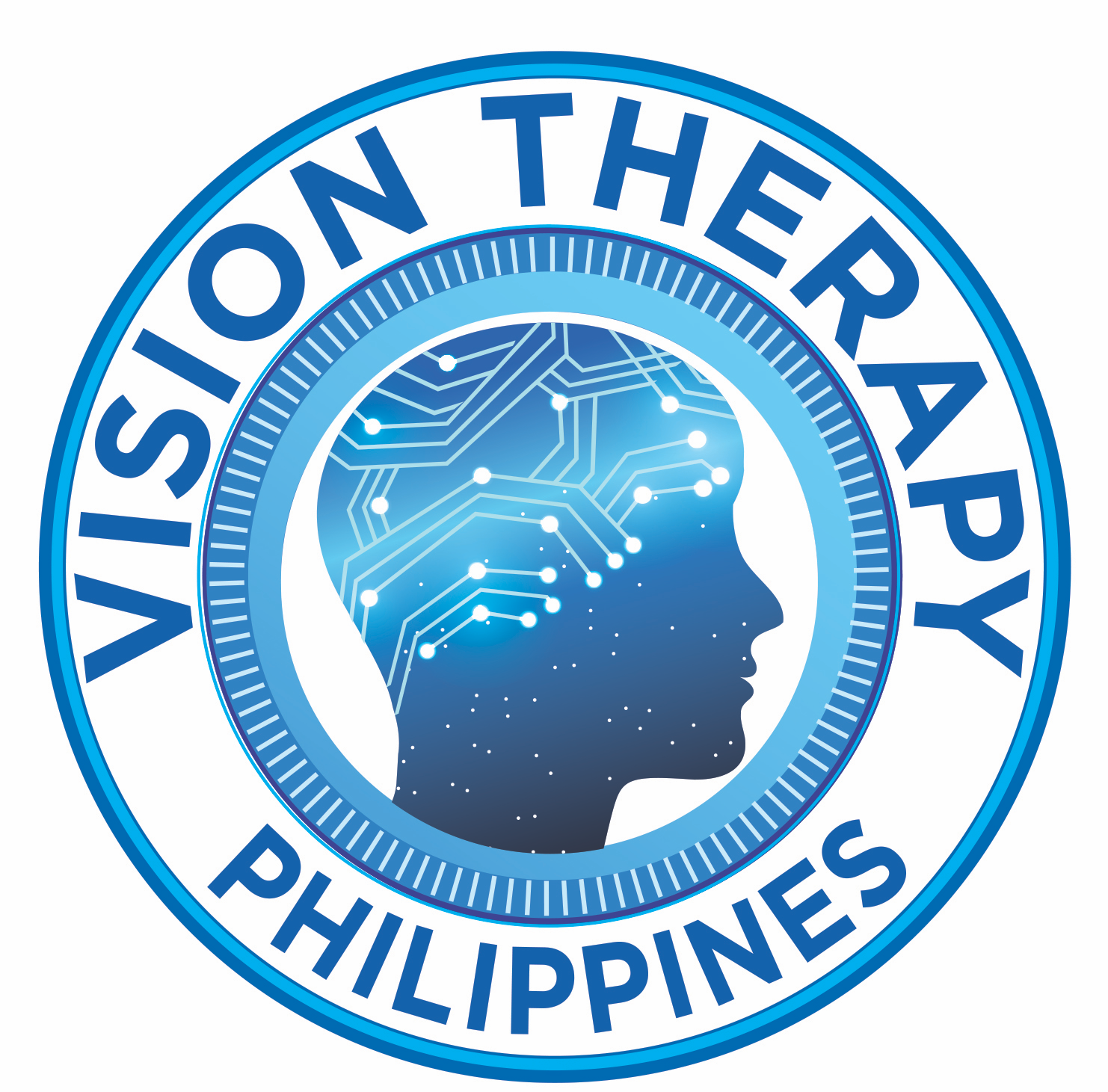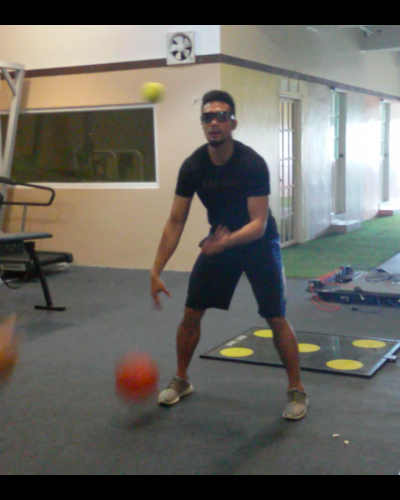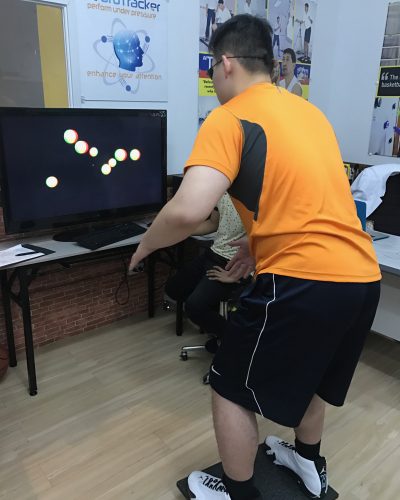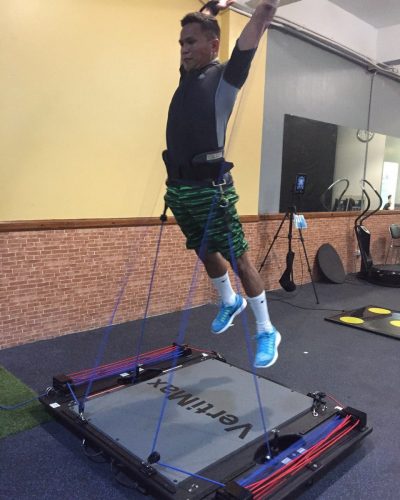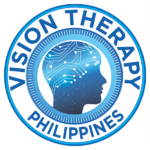Sports Vision Training
for ELITE Performance
What is Sports Vision?
Sports Vision is a branch of optometry that deals with vision care services provided to athletes, including the examination of an athlete’s ocular health, correction, protection, management of eye injuries, and sports vision training to enhance visual and brain skills to optimize athletic performance.
Brief History of Sports Vision in the Philippines
In the Philippines, the Sports Vision Institute of the Philippines (SVIP) brought the training technology into the country in 1996 and is considered the pioneer of sports vision practice in Southeast Asia. The first entity to offer “head training” for athletes, it has worked with numerous professional basketball teams, referees, amateur, professional and national athletes.
In the Philippines, the Sports Vision Institute of the Philippines (SVIP) brought the training technology into the country in 1996 and is considered the pioneer of sports vision practice in Southeast Asia.
The first entity to offer “head training” for athletes, it has worked with numerous professional basketball teams, referees, amateur, professional and national athletes.
In 2011, the Philippine Olympic Committee required all national athletes bound for the Southeast Asian Games to undergo vision examination, marking the first time it
recognized the vital role of vision sports performance. National athletes have benefited from the sports vision training since then which they claimed have improved the way they played their sport. In 2012-2014, the Philippine Sports
Commission engaged the services of Dr. Charlie L. Ho and Dr. Mario Flores, Jr. to render services to the members of the Philippine National team.
The United States was the first to form an entity through the establishment of the Sports Vision Section of the American Optometric Association (AOA) in 1978. The section has been active in inter-professional relations with other organizations such as the US Olympic Committee, Special Olympics, Amateur Athletic Union Junior Olympics, American College of Sports Medicine, and the National Collegiate Athletic Association (NCAA). Other countries with sports vision are Canada, United Kingdom, Italy and Australia.
Stages of Sports Vision
A comprehensive eye examination is performed on the athlete to determine
various conditions, including refractive status of the eye, binocular vision
efficiency – responsible for depth perception, contrast sensitivity function of the retina, and the ability of the eye to maintain fixation and focus on the target, among others. Defects in the eye and visual system that affect specific tasks of the athlete are detected and managed as well.
During this stage, practitioners provide expert consultation services to athletes regarding vision correction and the potential uses and benefits of ophthalmic products, as well as advise athletes on the advantages and disadvantages of spectacles, protective eyewear, contact lenses and refractive surgery. Athletes having difficulty with proper function of vision can always opt for vision therapy to strengthen the binocular vision system, reduce myopia, as well as retard or delay presbyopia by using a neuro-vision stimulator.
Vision care for athletes should begin with the identification of visual factors that potentially contribute to peak human performance so that these specific
functions can be isolated and measured, if possible. A task analysis process is made to enable the practitioner to provide appropriate vision care for athletes in any sport or position. Once visual factors essential to performance are identified, an evaluation is created to measure the quality of those skills in the appropriate, accurate and repeatable manner. Skills, such as reaction time, visual memory, speed of recognition, eye-hand coordination, eye-foot-body balance and reaction time, and peripheral reaction time are measured to obtain baseline data of athlete’s skills and to spot his/her strong and weak areas. This will enable the doctor to design skills and sport-specific training programs for individual athletes, in partnership with team coaches and trainers.
The risk of sustaining an eye injury in sports is high especially in dynamic and
contact sports. Sports vision practitioners educate athletes on how to prevent
sports-related eye injuries, delivery of immediate first-aid management if an eye injury occurs and referral to appropriate specialist, if necessary. For instance, an eyewear with the right lens tints for better discrimination of details in various lighting conditions is advised to be valuable for golfers, shooters and outdoor sports enthusiasts.
Visual performance enhancement training has similar goals of transferring
improvements in function to athletic performance as do other areas of
performance training, such as strength training, conditioning, speed and agility
training, nutritional regimens, and sports psychology. The sports optometrist uses several training procedures and exercises to improve visual skills of athletes. Several areas in the visual performance enhancement for sports are:
- Remediation of vision inefficiencies that may have negative impact on performance consistency;
- Enhancement of visual skills critical to optimal sports task performance;
- Enhancement of visual information processing skills to facilitate rapid utilization of critical visual information;
- Enhancement of visuo-motor proficiency;
- Enhancement of cognitive functions that is critical for visual decision-making during competition.
- Visuo-motor Skills Training. Visual skills required for each sport are identified, analysed and enhanced, such as dynamic vision, eye-hand coordination, eye-foot coordination (footwork), visual concentration, reaction time, and visual memory, among others.
- Enhancement of brain skills to enable the athlete to enter “The Zone” and experience the “Slow Motion Phenomenon”
Sport-specific training methods are also designed to teach athletes how to use their vision for better precision. Targets and devices are used and installed to help athletes direct motor outputs combined with other skills.
Specific skills such as ambidexterity, focus, balance, footwork, et al, may be
developed from training methods used in other sports.
Incorporating additional sensory demands while performing these visual
sensitivity training procedures is essential to match ergonomic demand
encountered in the sport situation more closely and build automaticity of the
visual response. The difficulty level may be varied to increase the stress
experienced by the athlete while using these skills.
Click this LINK to join.
